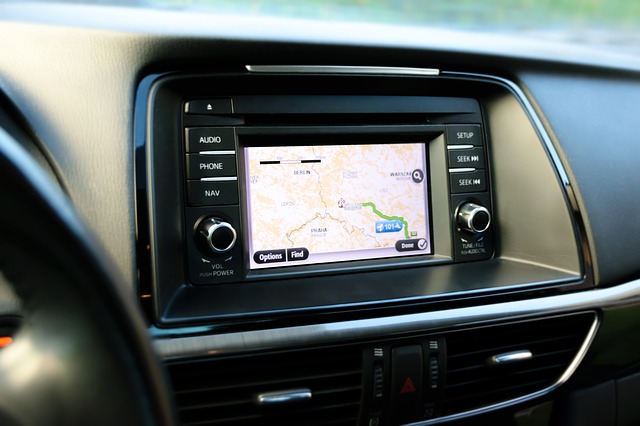Distracted driving is synonymous with multi-tasking millennials…but is that distinction really fair? Believe it or not, a new AAA study suggests younger drivers may not be the most distracted demographic.
For this study, AAA gathered almost 130 people in two age brackets: 21– 36 and 55 – 75. Analysts then asked each participant to drive down a two-mile road in Salt Lake City while performing in-car tasks.
All of the cars used in this study were 2018 models with advanced in-vehicle information systems (IVIS). The models used in this study include the following:
- Audi A6
- Cadillac CT6
- Lincoln NavigatorMazda CX-5
- Nissan Pathfinder
- Volvo XC90
While driving, participants were instructed to use the car’s audio system, make calls, send texts messages, and use the in-car navigation system. In addition to taping each driver’s performance and scanning their eyes, researchers asked participants for their opinions after the trial.
On average, people in the older group took more time to complete in-car tasks compared with the younger group. Study results showed older drivers took between 4 – 8 seconds longer to work an in-car system compared with younger drivers.
For instance, it took younger drivers roughly 27 seconds to send a text message using the car’s built-in software. Older participants, by contrast, took an average of 33 seconds to send a text.
When asked to use the car’s navigation system, younger drivers completed their task in about 31 seconds, whereas older drivers took 40 seconds. Older participants also took longer to use the in-car calling feature. Younger drivers were able to call another person in about 18 seconds, but older drivers took 24 seconds.
In addition to these more objective findings, older drivers didn’t seem to feel as comfortable using in-car technologies compared with younger participants. Results from the study questionnaires showed that older drivers had more negative experiences than younger people.
It’s important to keep in mind, however, that distracted driving adversely affected everyone involved in this trial. Just because younger drivers didn’t struggle as much as older drivers doesn’t mean AAA advises people to abuse in-car infotainment systems.
As the US population ages, study authors believe automakers should design their in-car systems with older drivers in mind. A few suggestions AAA researchers made in their paper include investing in voice-command systems, creating clearer software menus, and placing the most significant system controls near the front window.
In the meantime, AAA only recommends drivers use in-car systems for emergency purposes. Ideally, drivers should use infotainment systems when they are parked in a secure location. Study authors also said they don’t recommend using cars that have infotainment systems in the center console controller.
To read this study in full, feel free to click on this PDF. You could also learn more about the dangers of distracted driving by visiting this link put together by the Centers for Disease Control and Prevention.







